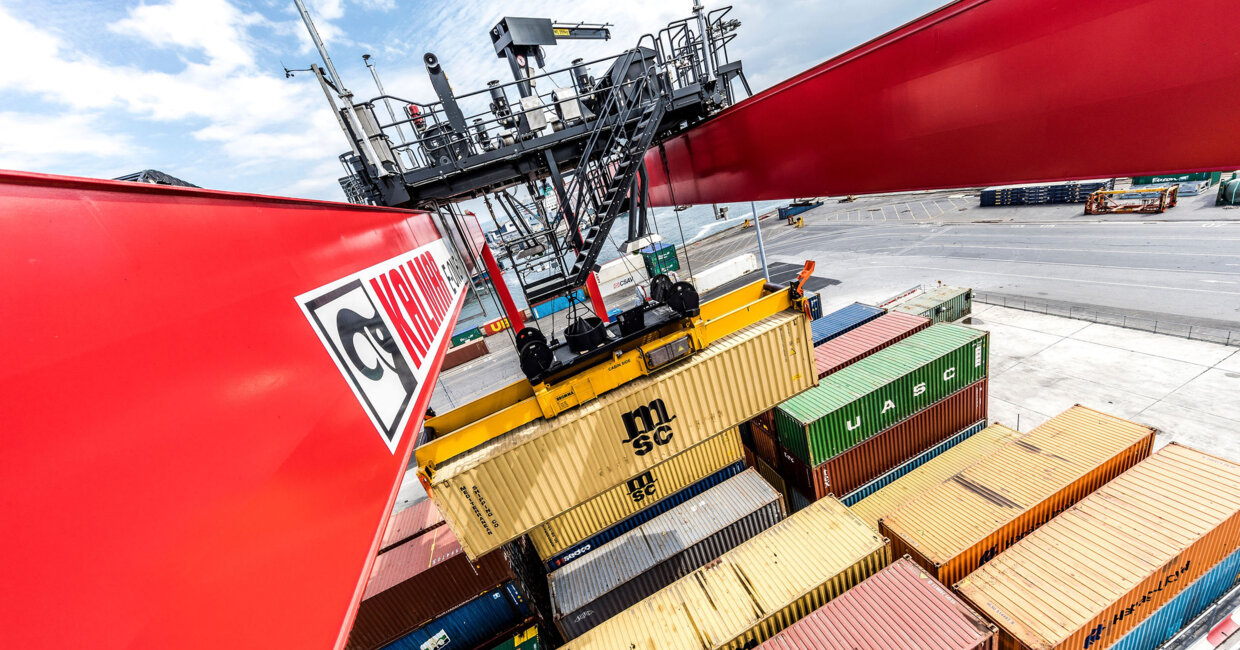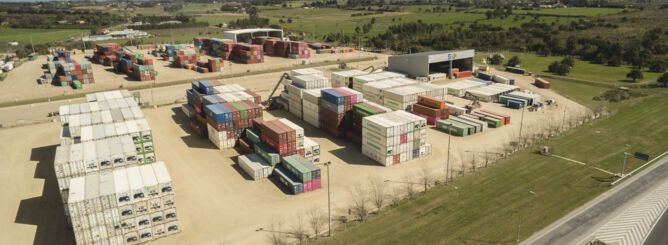Performance-based contracts: The next step for the container handling industry
"People don’t want to buy a quarter-inch drill. They want a quarter-inch hole.”
–Theodore Levitt, Harvard Business School
Many other industries have already innovated their business models by transitioning to outcome-based contracts, either with availability or performance guarantees. In a performance-based contract, a service provider can offer a complete solution incorporating equipment, software and services under a rate that is tied into the terminal’s operational performance based upon agreed key performance indicators.
For terminals, performance-based contracts offer a number of potential advantages including payment for actual performance or usage, reduced risks due to lower capital investments, and continuous improvement through the service provider’s incentivised commitment to improve productivity.
Selling outcomes, not products
Despite their relative novelty for the container handling industry, performance-based contracts are not a new concept. In recent decades, many industries have evolved from product-based business models to a stronger service offering. With many companies seeking to focus on their core businesses, their suppliers have been forced to find new ways of bringing value to both their customers and their own operations.
As port equipment becomes more automated, it requires increasingly specialised maintenance and operational skills. This has contributed to a growing demand for services throughout the industry. At the same time, traditional mechanical maintenance services have become commoditised to the extent that they offer limited opportunities for competitive differentiation. The logical response has been for service providers to move towards revenue models that demand a deeper understanding of the customer's business.
A second factor that is driving the adoption of performance-based contracts is port and terminal operators' desire to reduce capital investments and focus more on the lifetime cost of a solution. In a performance or outcome-based contract, the customer doesn't necessarily invest in any equipment or software, but instead will be paying for the utility of the complete system. Such contract models typically combine all levels of equipment, software and services, while including guarantees for the delivery of specific outcomes or performance levels.
Performance-based contracts offer a number of potential advantages including payment for actual performance or usage, reduced risks due to lower capital investments, and continuous improvement.
Managing complexity
There are several reasons why performance-based contracts are a logical progression for the container handling industry. The complexity of terminal systems is growing exponentially, and increased automation levels demand a higher level of technical expertise. A capable workforce is needed to run and service these solutions, and the required professionals can be scarce.
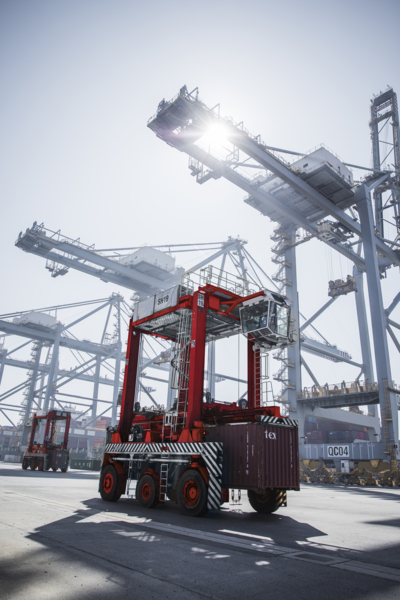 Additionally, performance-based contracting can help mitigate the risks of converting to terminal automation. Many early automation projects suffered from integration challenges, and performance-based contracts can provide an opportunity for the customer to outsource integration risk to a service provider, who can be relied upon to provide pre-integrated, field-proven solutions that decrease the need for on-site integration in the deployment phase.
Additionally, performance-based contracting can help mitigate the risks of converting to terminal automation. Many early automation projects suffered from integration challenges, and performance-based contracts can provide an opportunity for the customer to outsource integration risk to a service provider, who can be relied upon to provide pre-integrated, field-proven solutions that decrease the need for on-site integration in the deployment phase.
Finally, performance-based contracts enable terminals to spend less time on managing procurement and the related contracts, whilst simplifying maintenance and reducing the costs of managing technical items such as interfaces.
Risks and rewards
While many industries have seen a consistent move towards performance-based contracts, the model includes several factors that suppliers must address. For example, if the system provider takes wider responsibility for managing the customer's operations, other port or terminal clients may perceive the vendor as a new competitor. To mitigate this risk, the supplier must clearly delineate their roles and responsibilities. Together with its recent announcement of a performance-based contracting model, Kalmar has explicitly stated that the company does not aim to become a port operator. Instead, the goal will be to bring more value to customer operations while letting terminal operators concentrate on their own core business. Performance-based contracting will further allow Kalmar to work with its customers to help them achieve and sustain mutually agreed performance targets.
With performance-based contracts, vendors are stepping into risk management scenarios that have traditionally only impacted the customer. If a system provider takes full responsibility for the equipment and software of a terminal solution, they may also take on the investment for fixed assets such as rail-mounted cranes. In the event that the customer goes out of business, this type of equipment can become a major liability as is not easily disassembled and shipped to a new site.
The increased investment risk that suppliers need to bear in performance-based contracts need not be seen as a threat; however, problems can arise if customers fail to recognise the reduced risk to their own operations and are not willing to pay for it.
Aerospace and rail industries lead the way
At first sight, it may appear that performance-based contracts would only benefit the customer, by shifting all risks to the service provider. Numerous success stories from around the world indicate that this is not the case, and that performance-based contracts can be tailored as win-win opportunities for both parties.
For example, Rolls-Royce has offered "Power-by-the-Hour" and “TotalCare” contracts for the aerospace industry for decades, and has recently expanded the offering of the former to marine engines. In the rail industry, Bombardier Transportation provides long-term maintenance contracts in which they own the trains while guaranteeing certain performance attributes such as availability and reliability. Hitachi Rail expands on this by also guaranteeing the cleanliness of their railway systems. Caterpillar, with a long history of offering construction and mining equipment through a dealer network, recently changed to a pay-by-operating-hour business model that includes maintenance as well as replacement of the machine if it is not available.
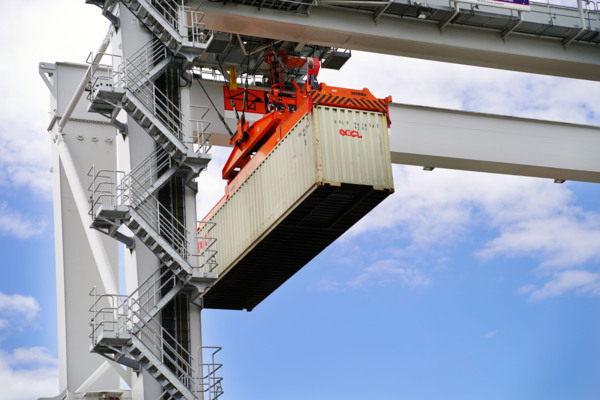
When is it right?
In order for a supplier to be able to bring benefits through a performance-based model, the solution or service must be a critical, value-generating part of operations. The solution must also involve high lifecycle costs and significant technical complexity. Additionally, both parties must be willing to embrace a deeper level of partnership, with a higher level of trust and sharing of information.
On the supplier side, performance-based contracts typically take longer to negotiate and will require more executive contribution. System providers must also be able and willing to maintain a reliable service supply chain close to the customer site(s).
Additionally, outcome levels and key performance indicators for the contract must be objective, measurable, clear and realistic. To ensure reliability and accuracy, data collection for the key performance indicators must be automated to as high a degree as possible.
Taking responsibility for the full package
Performance-based contracts are a partnership-based twist on the traditional business models of the industry. The contract model can be adapted to both new (greenfield) terminals and existing operations, as well as terminals at various automation levels. However, fully automated terminals hold the most potential for delivering a performance-based solution.
The key to understanding the performance-based model in the container handling industry is that it depends greatly on how much of the equipment, software and services can be delivered as a single pre-integrated solution. The higher the level of pre-integration, the more this allows the supplier to take full end-to-end responsibility for the system, and to offer performance guarantees under a monthly fee. The overall pricing of the contract can be determined by a baseline cost per container move, which is then adjusted depending on actual measured performance against key performance indicators.
Benefits for both parties
For the terminal, one of the most obvious benefits of a performance-based contract is that it enables them to work with a vendor that can deliver a complete package that seamlessly integrates equipment, software and services. However, this requires a different way of working for both parties, as the focus shifts from not only executing a successful project delivery to also realising a deeper long-term collaboration.
A performance-based model can simplify administration and significantly change the cost structure of operations from heavy capital investments to predictable operating expenses. The reduced financial risk should be evaluated over the full lifetime of the contract.
Another major benefit is improved performance. If the supplier can deploy a dedicated team to deliver and support the solution, they will then carry the higher responsibility – and financial risk – for delivering the required performance levels. The terminal operator only pays for what they are actually getting.
Finally, performance-based contracts enable a fast track to continuous process improvement and innovation. The full potential of automated solutions is only reached through incremental optimisation, and with closer long-term collaboration, supplier and customer can work together to refine the performance of the system. Performance-based contracts also open up possibilities for the adoption of new technical solutions faster and with reduced business risk.
Performance-based contracting offers a new way for customer and supplier to partner in the long term, whilst adapting to the new realities of automation, standardisation and sustained quality performance.
The next step
The container handling industry has worked with transaction-based business models for decades. Performance-based contracts are the obvious next step, offering a number of potential advantages over conventional service contracts.
For service providers that become adept at co-creation and co-production with customers, performance-based contracts offer unique opportunities for the future. A closer relationship will enable optimisation and improved control over the outcome delivery together with the customer, adding flexibility in reducing the cost of performance while achieving optimal outcomes. As performance-based contracts incentivise the service provider to maximise performance and quality of service, this will ultimately improve customer satisfaction.
As the container handling industry moves towards further automation, performance-based contracts will play an important role in the transition of service providers taking greater responsibility for the delivery of outcomes and performance. Resultantly, pre-integrated, field-proven and standardized solutions for a wide spectrum and configuration of container terminals will give terminal operators the opportunity to use standardised practices and products in return for guaranteed performance in operations. Performance-based contracting therefore offers a new way for customer and supplier to partner in the long term, whilst adapting to the new realities of automation, standardisation and sustained quality performance.
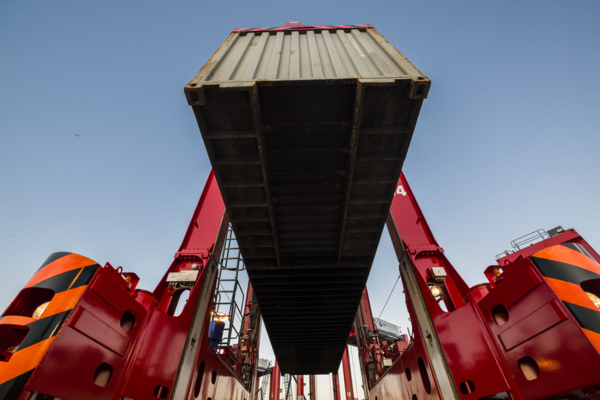
This article was originally published on Port Technology International on 18 September 2019.
Guenter Schmidmeir
SVP, Sales & Marketing, Kalmar Automation Solutions
 Guenter Schmidmeir leads Sales and Marketing at Kalmar Automation Solutions, including strategic account management to further strengthen and deepen relationships with the global terminal operators (GTOs) and large regional operators.
Guenter Schmidmeir leads Sales and Marketing at Kalmar Automation Solutions, including strategic account management to further strengthen and deepen relationships with the global terminal operators (GTOs) and large regional operators.
Guenter joined Kalmar’s leadership team from Navis in November 2017, where he led the Europe, Middle-East and Africa (EMEA) region since 2008 as Vice President and General Manager, EMEA. He has 20 years of experience in the port and terminals industry, most of which he has gained at Navis in various positions in London, Antwerp, Dubai, Hamburg and Oakland.
